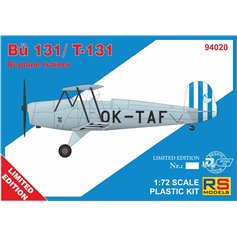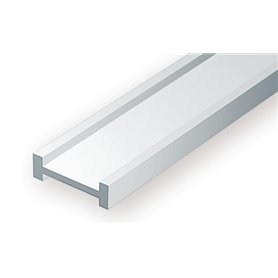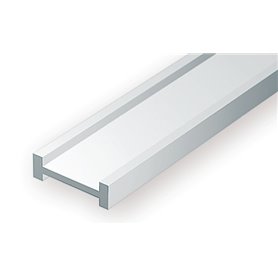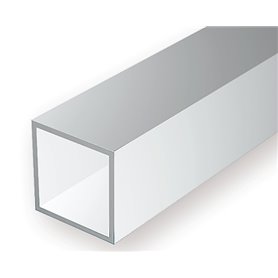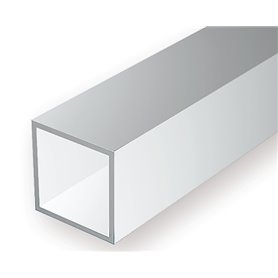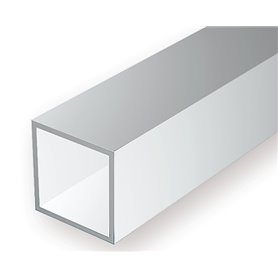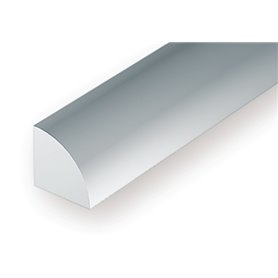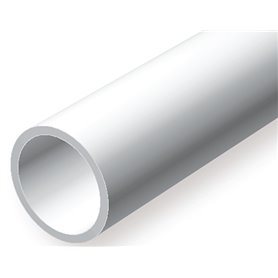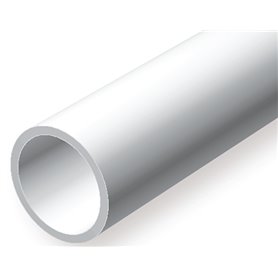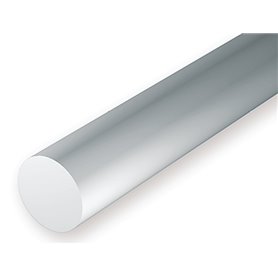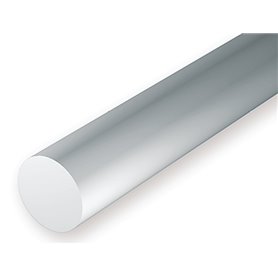Neodymium Magnets – A Universal Gadget in Modeling and Battle Games
Neodymium magnets are exceptionally strong and universal "goodies" that are widely used not only in modeling, but also in everyday life. In our shop, specializing in miniatures for battle games and modeling accessories, we offer a wide selection of magnets that are invaluable help in gluing, assembling and personalizing models.
Thanks to their small size and incredible attraction power, neodymium magnets are the perfect solution for players and modelers who want to add unique, interchangeable elements to their miniatures and bases. In battle games such as Warhammer 40,000 or Age of Sigmar, miniatures and models often require the ability to easily disassemble and reassemble parts. Neodymium magnets enable quick and stable attachment of weapons, armor, accessories or vehicle elements, without the need to permanently glue individual parts. Thanks to this, you can flexibly adapt your units to the requirements of battles and replace individual elements depending on the game strategy.
Neodymium Magnets in the Model Shop - Practical Solution
In our shop, we offer neodymium magnets in various sizes, which allows them to be adapted to various models and bases. For modelers and battle gamers, the key advantage of neodymium magnets is their ability to create modular units. You can easily attach interchangeable weapons, armor elements or other accessories, which allows you to dynamically change the appearance or function of the model without having to take it apart.
For example, in armies for tabletop games such as Warhammer 40k or Age of Sigmar, different weapon options or tactical attachments can be crucial to success on the battlefield. Neodymium magnets allow players to quickly adapt their army to the needs of the game, without having to buy additional models. Thanks to them, one figure can play different roles, and models can be quickly adapted to new strategies.
[long_desc]
Universal Application of Neodymium Magnets
Neodymium magnets are invaluable not only in modeling and war games, but also in everyday tasks. They are used in many industries, from electronics, through industry, to home DIY. Thanks to their power of attraction, they are perfect for attaching light and small elements to metal surfaces. They can be used to create lockable compartments, attach tools, handles and many other practical applications.
Their versatility means that every modeler and DIYer should have a set of neodymium magnets in their arsenal, which can be easily adapted to various projects. These magnets, despite their small size, are able to lift significant weights, which makes them an extremely practical tool not only in professional workshops, but also in home projects.
Neodymium Magnets - Perfect for Figure Bases
Neodymium magnets are also used to attach bases to figures. In war games, magnets are often used to facilitate the transport of models or to increase the stability of the figure on the board. By mounting magnets in the base, you can easily and safely place the figures on metal trays or transport boxes, which eliminates the risk of damage during transport. For players who often move their armies, this is an ideal solution.
Wide Selection of Neodymium Magnets in Our Store
In our store you will find a wide selection of neodymium magnets that will meet your needs both in modeling and in other projects. We offer a variety of sizes and shapes that can be customized to fit any model or project, regardless of whether you need a magnet for a figurine, a base, or another element of a battle game.
All of our magnets are characterized by high quality workmanship, which guarantees their durability and reliability in everyday use. By choosing neodymium magnets from our offer, you are investing in products that will make your work easier, add a professional finish to your projects and facilitate dynamic modification of models.




